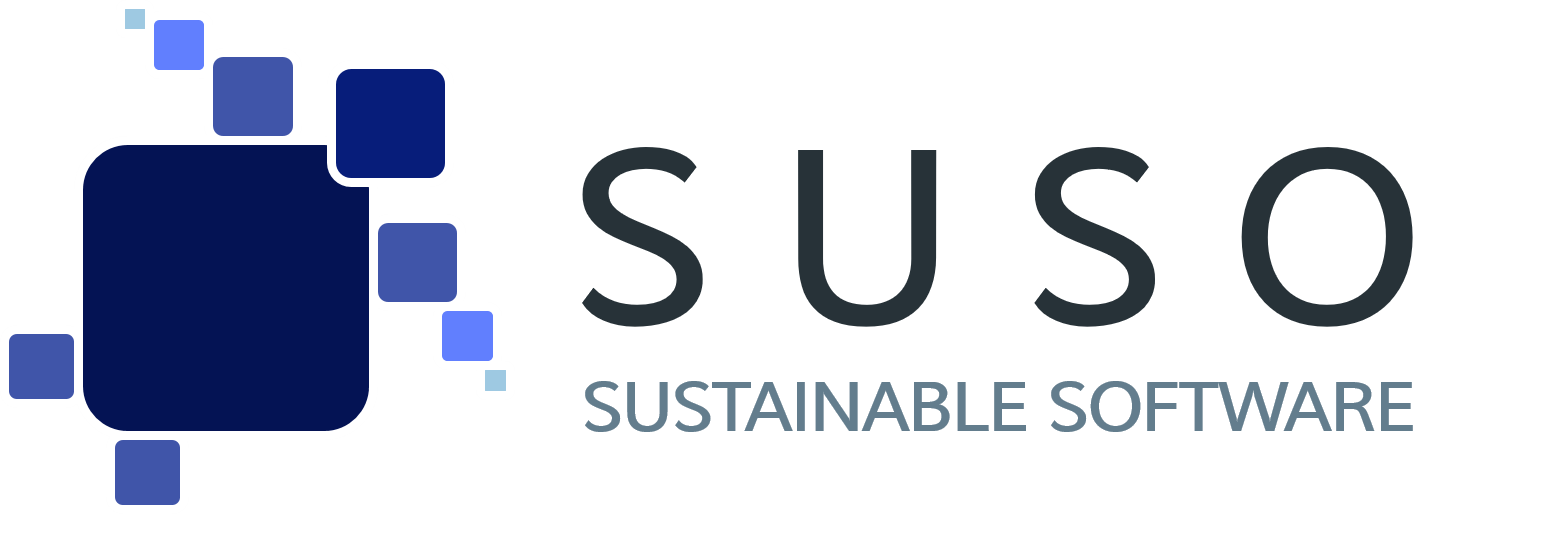Open source: benefits and challenges for sustainable software development
Open Source is important for sustainable software development because it encourages collaboration, transparency, and innovation. By making software freely available, developers can share knowledge and resources, build upon existing projects, and avoid reinventing the wheel. This not only saves time and money. It also helps to prevent waste and reduce the environmental impact of software development. Moreover, Open Source software is often more secure, reliable, and flexible than proprietary software. With a large community of developers contributing to the code, bugs and security vulnerabilities are quickly identified and fixed. Additionally, Open Source software can be customized to meet specific needs, allowing for greater flexibility and adaptability.
Benefits of Open Source for sustainable software development
To begin with, open source software has numerous advantages for software companies that prioritize sustainability in their development processes. These benefits include cost savings, flexibility, collaborative development, and the sustainability that comes from reusing and recycling code.
One of the primary advantages of open source software is cost savings. By utilizing open source software, software companies can avoid expensive licensing fees and reduce their overall software development costs. This can be particularly beneficial for startups or smaller companies with limited resources.
In addition to cost savings, open source software also offers greater flexibility and adaptability. Software companies can customize and modify the code to fit their specific needs and requirements, rather than being constrained by the limitations of proprietary software. Therefore, this can lead to more efficient and effective software development processes.
Another significant advantage of open source software is the collaborative development process. Instead of relying solely on in-house developers, software companies can tap into a community of developers who are working to improve the same open source software. Thus, this collaborative approach can lead to faster and more innovative development. Meanwhilte it can also help building up a community of users who can provide feedback and support.
Finally, open source software contributes to sustainability by promoting the reuse and recycling of code. This can lead to more efficient software development processes and a reduction in waste. Additionally, open source software can be easily shared and distributed, which can further reduce the environmental impact of software development.
Use our tools for sustainable software
For which projects is the use of open source software worthwhile?
Open source software has many advantages that are particularly worthwhile for certain types of projects. It is therefore worthwhile to consider the possibility of using open source software when planning and implementing software projects. Here are some examples:
- Projects with a high pace of development: When a project needs to grow and evolve quickly, open source can be an excellent option. With the collaboration of a broad community, new features and improvements can be implemented quickly. This reduces development costs and leads to faster time to market.
- Projects with high complexity: For projects with high complexity, for example in the areas of Artificial Intelligence, Big Data or Internet of Things (IoT), open source software can be very useful. By using existing open source libraries and tools, developers can save time and resources and focus on implementing the specific requirements.
- Projects with high security requirements: Open source software offers higher transparency and therefore higher security. The ability to review and modify source code means that security vulnerabilities can be found and fixed quickly. This is particularly important for projects with high security requirements, such as those in the financial or healthcare industries.
- Projects with a broad user base: If a project is intended for a broad user group, open source software can be a good choice. Because of the openness of the code and the community, the project can be easily adapted to the needs of the users. This leads to better feedback and higher customer satisfaction.
- Projects with a limited budget: Because it is often free and can therefore be a cost-effective option for projects with a limited budget. Companies can thus save money and focus their resources on other areas.
Challenges of using open source for sustainable software development
Despite its many benefits, there are also challenges associated with using open source for sustainability in software development. Here are some of the main challenges that software companies may face:
Legal issues and licensing of open-source software: While open-source software is generally free to use and distribute, there are often licensing requirements that software companies need to be aware of. It can be challenging to navigate the various licenses and ensure that they are complying with all legal requirements.
Dependence on the open-source community for support: When using open-source software, software companies rely on the community for support and development. This can be a double-edged sword. As the community can be a great source of knowledge and support.Then, there is also a risk of depending on volunteers who may not always be available or reliable.
Lack of specialized support and consulting for open-source software: Unlike commercial software, open-source software may not have dedicated support and consulting services available. This can make it challenging for software companies to get the specialized support they need to use the software effectively.
While these challenges can be significant, many software companies have found ways to overcome them. And benefit from the use of open-source software in sustainable software development.
Best Practices for Using Open Source in sustainable software development
Open source software can play a crucial role in the development of sustainable software. However, to ensure that the use of open source contributes to sustainable development, software companies need to follow certain best practices. Here are some best practices for using open source in sustainability in software development:
Evaluate open source solutions based on sustainability criteria: Before using open source software, it is important to assess its sustainability impact. Software companies should consider the long-term costs and benefits of the software. Its ability to be reused or recycled. And its energy efficiency, among other factors.
Collaborate with the open source community: Collaboration is key to the success of open source software development. By contributing to open source projects and working with other members of the community, software companies can help to ensure that the software they use is sustainable.
Use proven methods and standards in open source development: Best practices can help to ensure that open source software is sustainable. Software companies should follow established development methods and standards. Such as Agile Development, and use tools that support sustainability, such as energy-efficient hardware.
Comply with licensing requirements and protect intellectual property: Using open source software requires compliance with licensing requirements. Such as the GNU General Public License (GPL), and protecting the intellectual property of the software. Software companies should have a clear understanding of the licensing requirements of the open source software they use and have policies in place to ensure compliance.
By following these best practices, software companies can ensure that their use of open source software contributes to sustainable software development.
Case studies of companies that have successfully integrated open source into their sustainable software development
Open source has proven to be a valuable resource for software companies that want to develop sustainable solutions. Here are a few case studies of companies that have successfully integrated open source into their sustainable software:
Red Hat uses open source technology to build sustainable software solutions. Their flagship product, Red Hat Enterprise Linux, is an open source operating system that has been widely adopted by businesses for its security, scalability, and flexibility.
IBM is another global software company that uses open source technology to develop sustainable software solutions. They have made significant contributions to the open source community and have incorporated open source into their products and services.
WordPress is built on open-source software, which allows for continuous development and improvement by a large community of developers. WordPress is also committed to sustainability and has taken steps to reduce their carbon footprint. Such as implementing energy-efficient hardware and using renewable energy sources to power their data centers.
These companies have successfully integrated open source into their software development process, resulting in more sustainable and efficient software solutions. However, they also faced challenges in the implementation process. For example, managing the contributions of a large and diverse community of developers.
Conclusion
Open source software plays an important role in sustainable software development. It offers many benefits such as cost savings, flexibility and code reusability. Nonetheless, it is important to be aware of the challenges that come with using open source software. Especially with regard to legal issues and dependency on the community. To effectively integrate open source into the development process, it is important to follow best practices and standards, encourage co-development and collaboration in the open source community. And ensure compliance with licensing requirements and intellectual property protection.





